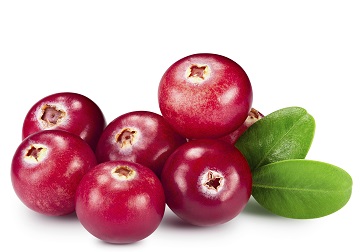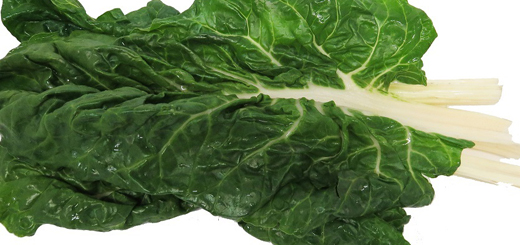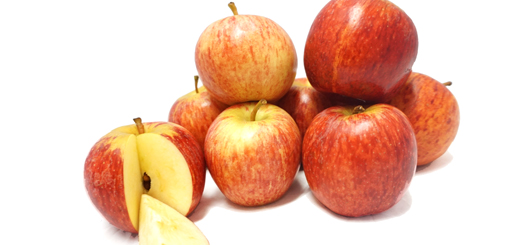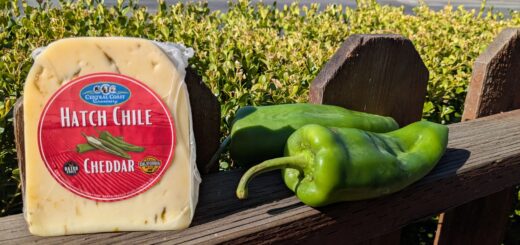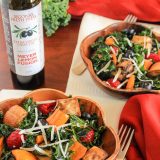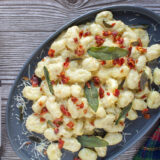In the Store with Sigona’s Featuring: Fresh Cranberries
Diane Rezendes, food writer
For most of us, cranberries are a seasonal thing, not to be given much thought after Christmas – at the latest. But where I live part of the year, the humble cranberry shares pride of place with lobster, dayboat scallops, clam chowder, and the Figawi (as in ‘where the figawi’) boat race from Hyannisport to Nantucket.
But in fact, more than half of the entire world’s cranberry production comes not from Cape Cod where the berry was first cultivated in the early 1800s, but from Wisconsin. The crop is so important that in 2004, lawmakers designated it the official state fruit. Across the state, there are about 250 growers; many of these are fourth- or fifth-generation families who live at and work the same bogs their great-great grandparents did a century-and-a-half ago or more. They grow 60% of all cranberries in the United States – including the beautiful, shiny crimson berries Sigona’s has in the store for you.
We have fresh cranberries as well as two types of dried, sweetened cranberries — one sweetened with sugar, the other sweetened with apple juice concentrate.
While you can get dried cranberries year-round, the fresh ones are in season for a limited time. But the good news is you can stock up and freeze them for up to a year (if you cook with them, just cook right from frozen).
Harvest
The cranberry harvest is still primarily manual labor, handled in one of two ways: the wet harvest, in which the bog is flooded; cranberries float up, and growers wade in to corral and collect them. This method is typically used for juices and packaged goods.
For the fresh cranberries you’ll see at Sigona’s, growers employ the more labor-intensive dry harvest method, which protects the cranberries from bruising. Using specialty rakes, growers walk their bog as the rake’s tines coax the precious berries off their vines.
Good for you
From their tart flavor, you can tell cranberries are high in vitamin C, much of it in the form of citric acid. And the same anti-adhesive properties that make the cranberry valued for urinary tract health also help prevent plaque from sticking to teeth.
Make your own cranberry juice cocktail!
You can always buy bottled cranberry juice cocktail if you like. I prefer to make my own, the way my Cape Cod neighbor, good friend, professionally trained chef and direct Mayflower descendant Polly Hemstock, taught me. It’s super-simple and probably the healthiest way to drink your cranberries!
Cook’s note: I never measure for this, so you don’t have to be fussy about your proportions. Because of their high acidity, I don’t recommend an aluminum or cast iron pot. Stainless steel will show off their gorgeous color better, anyway.
- Put 2 cups rinsed fresh cranberries into a pot with 4-5 cups water, depending on how concentrated you want your juice.
- Bring it to a boil.
- Turn it down to simmer 20-30 minutes. You’ll see the cranberries have burst their skins and released much of their color, turning the water a beautiful, clear, brilliant red. (If your kitchen is quiet, you may even hear their skins pop!)
- Take it off the heat and strain it.
- If you want to sweeten it to suit your own palate (it is verytart on its own, but I sometimes like it that way!), add simple syrup, agave, stevia, or a naturally sweet juice like apple, pear or grape.
- Let cool and refrigerate.
- For a wintry evening: to offset the sweetness of hot apple cider, add a cup of the unsweetened juice to a half-gallon of spiced cider that’s mulling on the stove or in a crockpot. Optional: add Calvados or Applejack on serving.
About Cranberries:
- The cranberry is one of only three fruits native to North America. (The other two are blueberries and Concord grapes.)
- Cranberry vines live an indeterminate amount of time; some in Massachusetts are estimated to be 150 years old.
- Fresh cranberries will freeze nicely for nearly a year. So if you love cranberries, why not buy one for now and one (or more!) for later?

